In the forever-changing world of fitness, you never know when a new fact climbs up the charts and exposes that “healthy” habit you once had, that wasn’t too healthy after all. We can take all the right measures, but how can we see our efforts take form?
That’s where a smartwatch comes in. An absolute boon in the fitness world, they have helped enthusiasts reach their workout goals in a guided, efficient and customized manner.
However, what does it really take to get to the next level of fitness, and how can a smartwatch help you? Let’s find out —
1. Your heart can expose you

Do you ever think about how fit you might actually be? Yes, you’ve been avoiding the donuts and shakes but how far is your restrictive diet really taking you?
Well, your heart might have the answer to that, in fact you can pretty much accurately measure your fitness level. Generally, a lower reading counts for better cardiovascular (heart) health. This may even help you notice red flags like fast, slow or irregular beats hinting at greater health risks.
2. Set customizable goals

One of the biggest advantages you can get from a smartwatch is its ability to constantly remind you to make healthier lifestyle choices as you go about your day, whether that means drinking more water or making it to your scheduled workout.
Make the most of your tracker by setting specific goals like the number of steps, calories, or workout hours clocked in so you stay accountable throughout your fitness journey, and that’s on sustainable health!
3. Things to track

Your smartwatch is smarter than you think. A unique algorithm coupled with in-built health monitors lets you track your heart, stress, sleep and even your calories burned during the day. Your job is to make use of this data and plan your fitness routine accordingly.
The watch takes into consideration your vitals as well as multi-motion activity to real the number of reps, jot down the intensities of your workouts, as well as give detailed feedback aligned with your workout goals.
4. Healthy progressive overload

Improvements occur due to a greater training stimulus. Once your body has adapted to this greater stimulus, however, it stops growing since it no longer sees a need to adapt further. Progress overloading is the idea of increasing this stimulus – systematically and consistently, to accelerate your progress.
With automatic fitness tracking and feedback, you’re able to do just that by gradually increasing your reps, reducing your break time, as well as increasing your workout volume.
5. Enter biometrics for accuracy

If you own a smartwatch, you’d have come across a request asking for your biometric data. This obviously has a purpose. Smartwatches take this data into consideration while generating fitness feedback, and tracking calories lost.
Hence, for the sake of accuracy, we recommend you enter your data (weight, height, age, etc.) so the watch can give you a thorough analysis.
6. Less interruptions

Have you noticed how your productivity goes down after getting distracted from your task the first time? That’s not a coincidence, your brain doesn’t like being interrupted! (Yes, we’re talking about multitasking, too.)
A smartwatch lets you stay in touch with your favorite people while staying on the grind. Now, you can even personalize your alerts so you’re only bothered by the ones you like. Shush, don’t tell anyone though…
Conclusion
If you’re looking to kickstart your fitness journey, a smartwatch would be your tool of choice. By personalizing it and keeping yourself accountable for your progress, you can do wonders at the gym, or at home.
Check out our Smart Collections here.



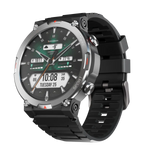
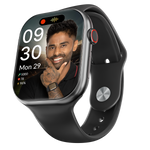
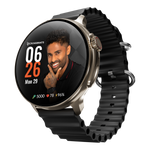
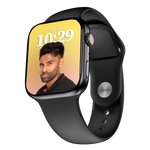
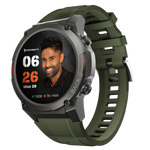
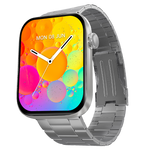
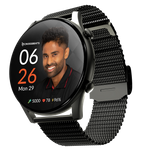


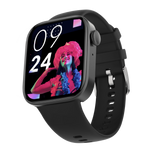

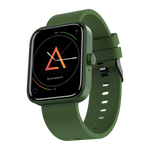

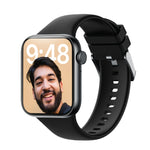

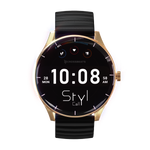

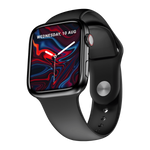


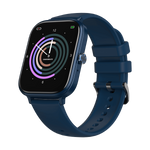



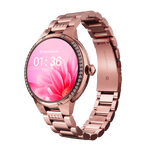
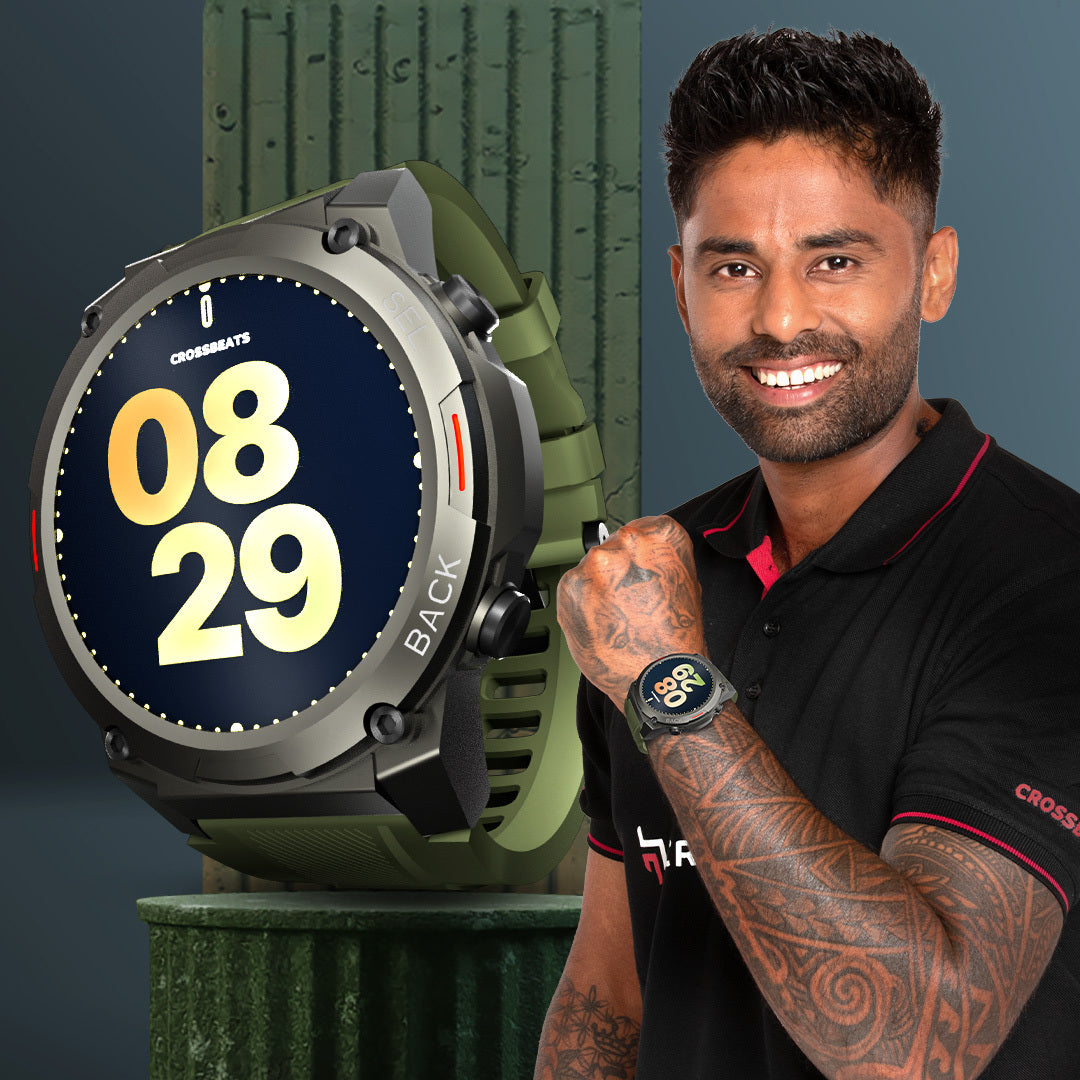
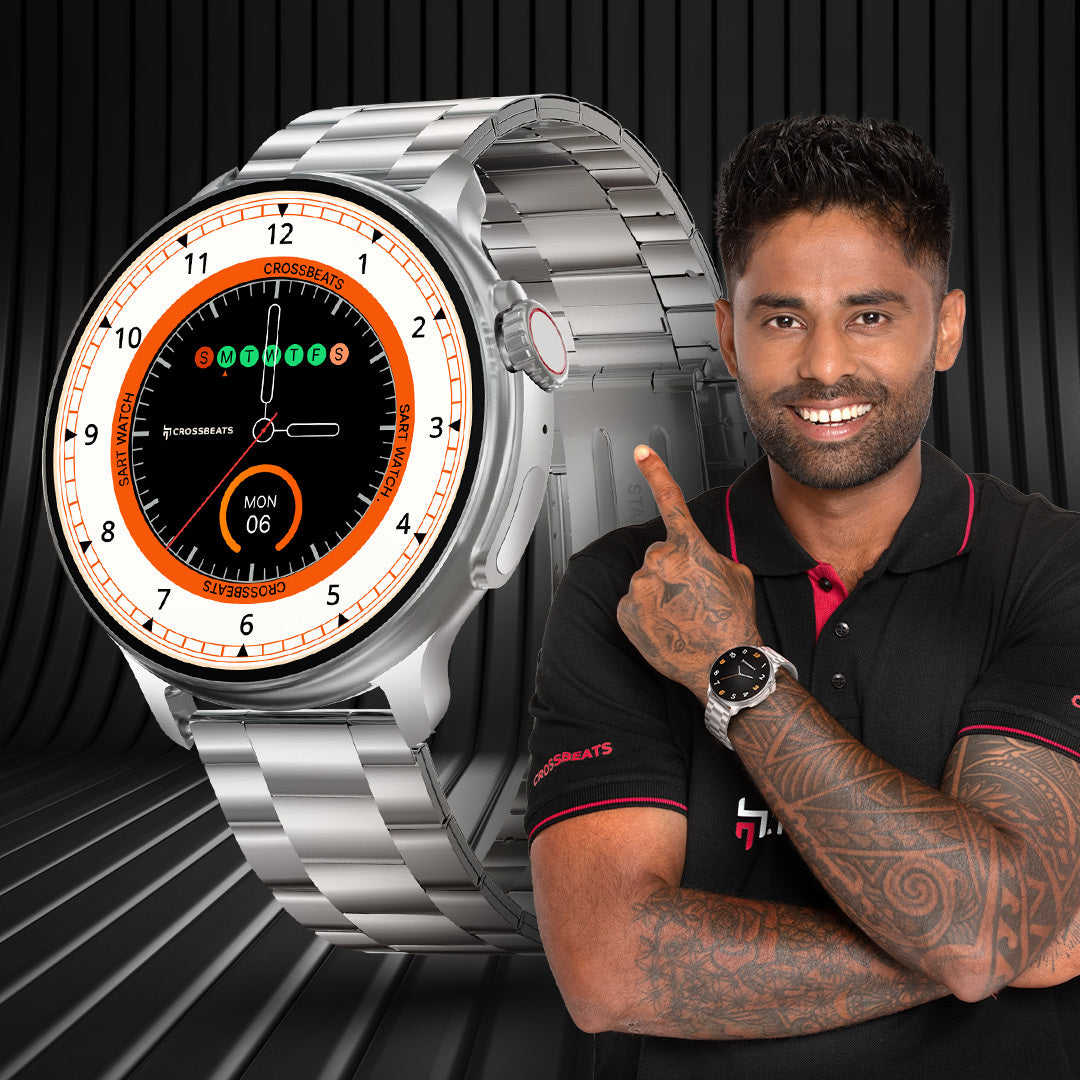
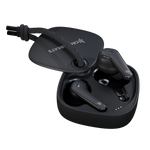

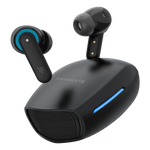

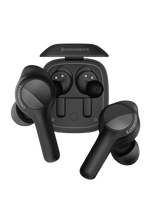

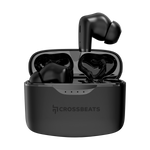
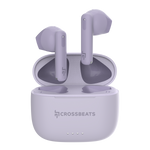

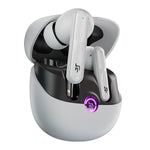

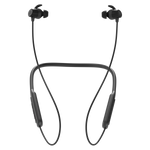
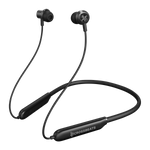
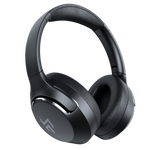




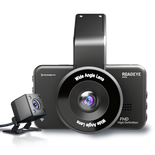
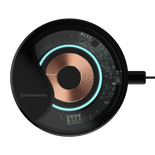



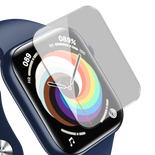
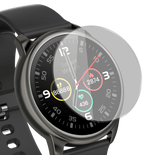

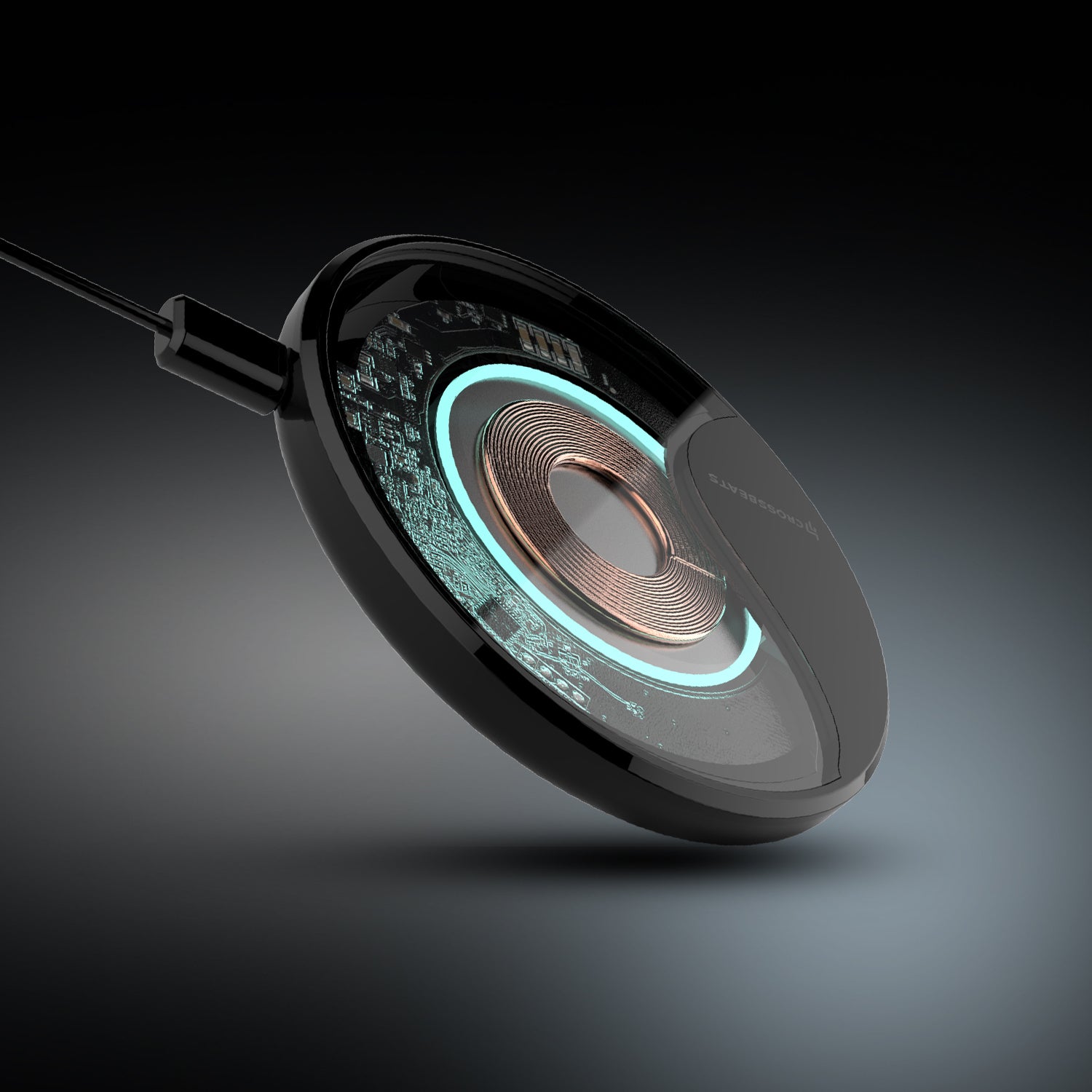
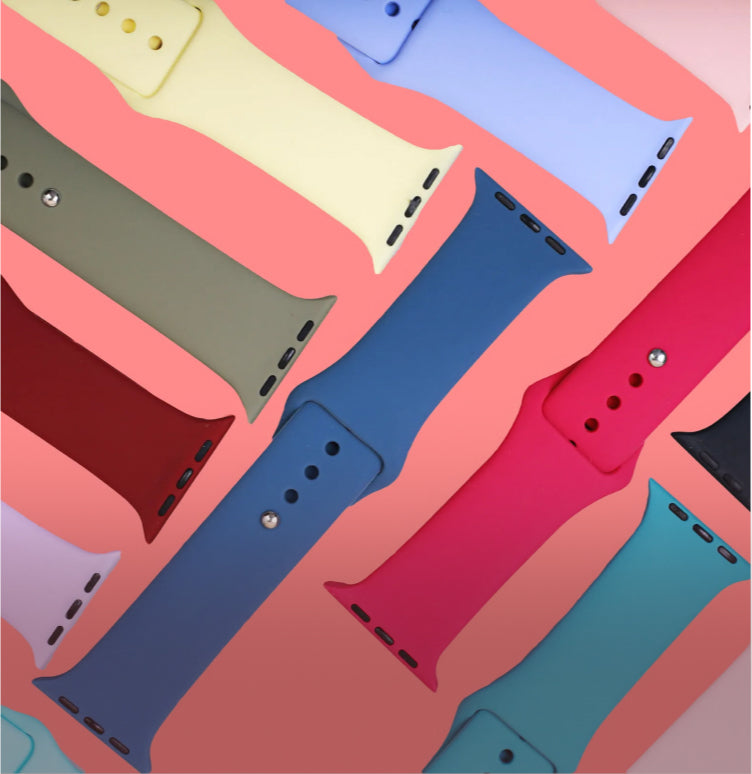
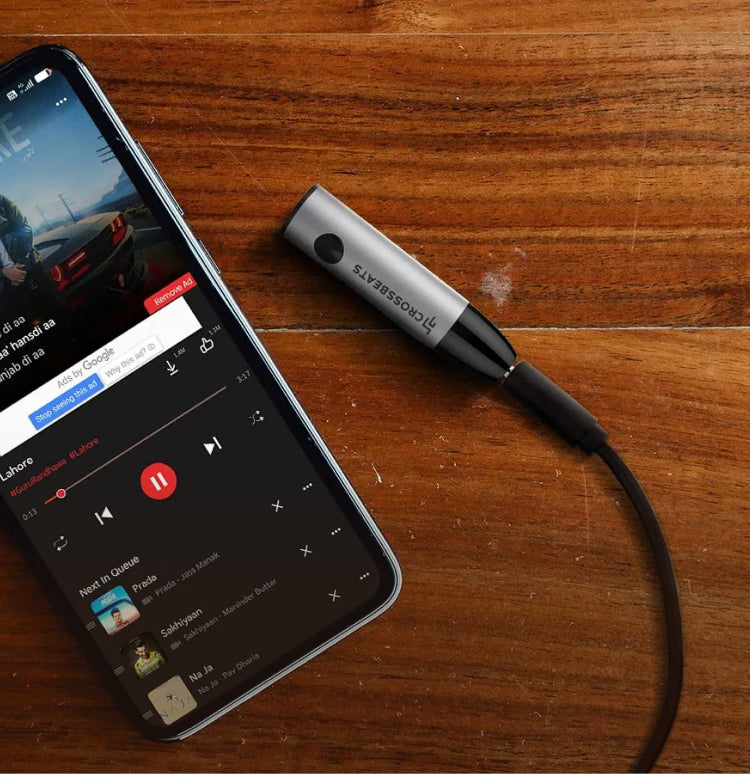



Leave a comment
All comments are moderated before being published.
This site is protected by reCAPTCHA and the Google Privacy Policy and Terms of Service apply.